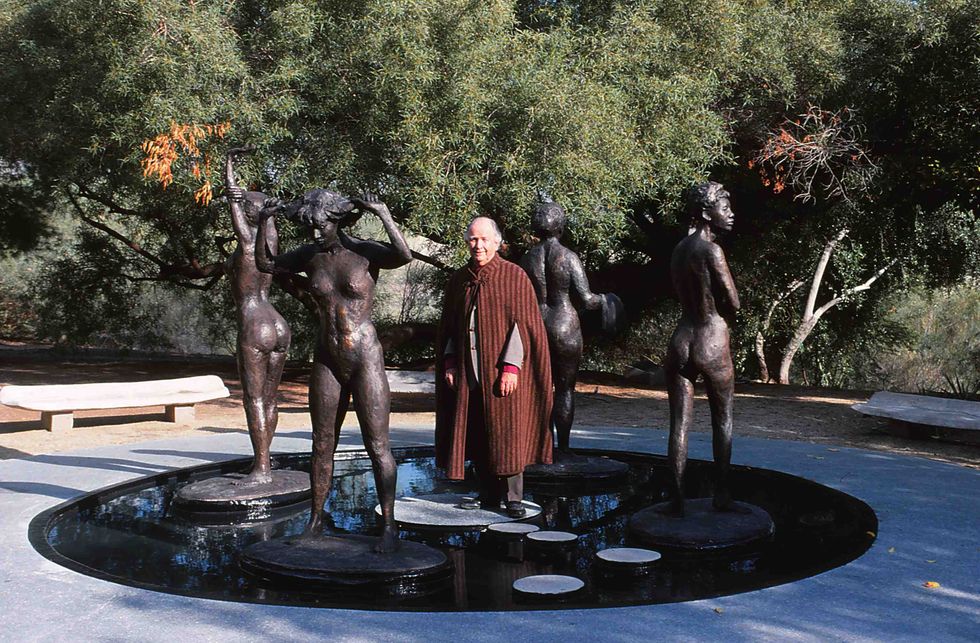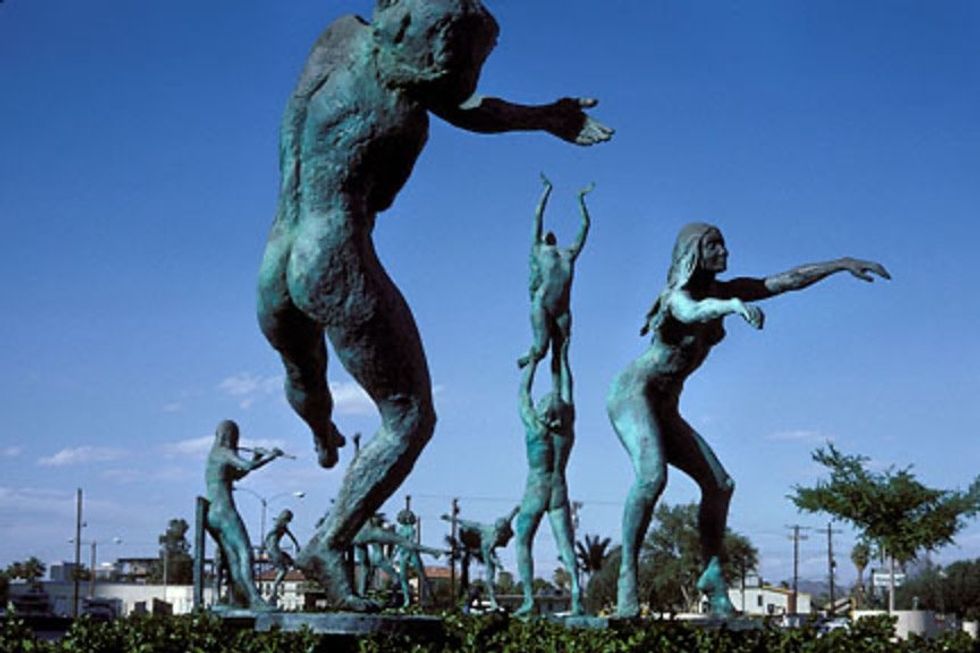Works of art have long been attacked or celebrated on ideological grounds. From D. W. Griffith’s Birth of a Nation – a ground-breaking film that is also regularly condemned as racist – to Salman Rushdie’s The Satanic Verses and beyond, art has served as a source of controversy, outrage, and, on occasion, physical violence.
Tempers run hot in an era of culture wars and cancel culture; all the more reason to step back a bit and consider the role of the arts in the United States. What is its purpose? What is its value? The dollar is easier to read than hearts and minds, and the value of art is often measured in financial terms. Looking beyond the commercial aspects, we apprehend the deeper worth of art, the power it possesses to get us thinking, remind us of our shared humanity, and capture the evanescent.
Things get even more complicated when notions of public art enter the discussion. All in all, it proves that a work of art should not be judged on its political, social, or historical significance alone; but ignoring those factors can mean willfully neglecting – or even endorsing – a multitude of sins. Confederate Army statuary is a prime example. Leave them up or bring them down?
Those who would like to see the sculptures left alone argue that such monuments are “part of our history.” They are indeed; but on which side of the historical record does one want to place oneself? These monuments are not an ode to striving for equality and justice for all. They glorify the leaders who fought to have that equality quashed. Confederate statuary memorializes some hard truths about American history.
Over the course of a lengthy career, American sculptor John Henry Waddell (1921-2019) tackled intolerance, fear, and injustice.
“That Which Might Have Been, Birmingham 1963” is Waddell’s memorial tribute to the four little girls whose lives were taken in the 1963 Ku Klux Klan bombing of the 16th Street Baptist church in Birmingham, Alabama.
As John’s wife, artist Ruth Holland Waddell remembered it. “John said, ‘Let’s turn on the radio and see what’s new in the United States.’ That’s when we heard about the bombing of the 16th Street Baptist Church in Birmingham, Alabama.”
“Is there a war?” asks their youngest son William, age 9
 John Henry Waddell and his sculpture: “That Which Might Have Been” – Photo courtesy of Archives of Waddell Art
John Henry Waddell and his sculpture: “That Which Might Have Been” – Photo courtesy of Archives of Waddell Art
In 2020 the last surviving conspirator (and KKK member) Thomas Edwin Blanton Jr., died in prison. But the four black girls that he and his buddies killed in that bombing will live on, in part because of the cry for humanity their tragic deaths inspired. Depictions of the four by artists like Spike Lee (“Four Little Girls”) and Waddell are essential to continuing the conversation for years to come.
Created over 40 years ago, Waddell’s Bronze Dancers is a 12-Figure Grouping in front of Herberger Theater in the Arts District of Downtown Phoenix, Arizona. It received new attention when, on August 22, 2017, policemen used tear gas on a group of non-violent protesters outside a rally in Phoenix. Photographer Matt York captured an unforgettable image: a line of policemen in riot gear lined up alongside a pair of Waddell’s dancers. A man supports a woman who’s reaching upward, ever upward, rising above the fray.
The sculpture is called “Lift.”
Art holds a key to healing, overcoming adversity, and advancing us as a culture. It has the power to move us and open us to new experiences. If we take the time to look and listen and feel, it will lift us all.
 John Henry Waddell’s “Bronze Dancers” – Photo courtesy of Archives of Waddell Art
John Henry Waddell’s “Bronze Dancers” – Photo courtesy of Archives of Waddell Art
***
John Henry Waddell (1921 – 2019) was a prominent international figurative artist. He lived a prolific life as an artist and teacher of art in America for 9 decades. Read more about John here.
Amy Waddell is an American writer and filmmaker living between Paris, France, and Sedona, Arizona.





